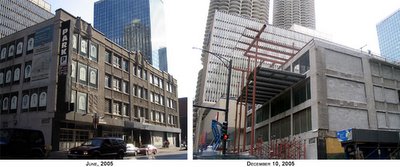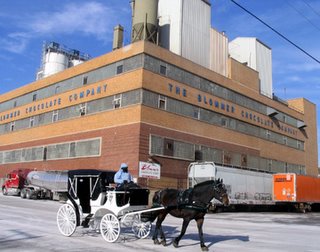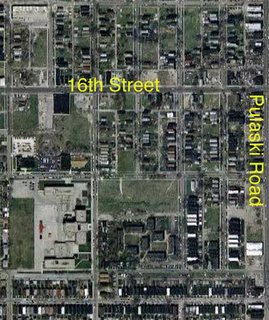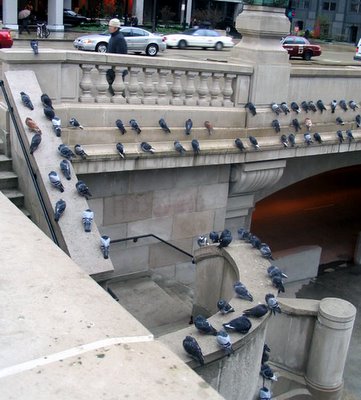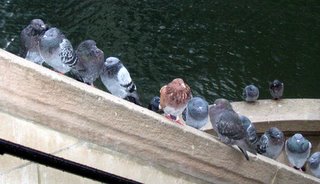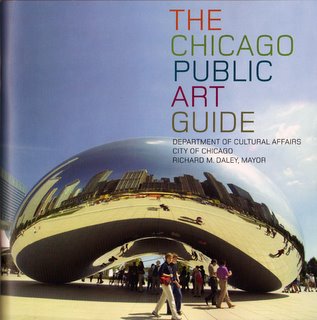Like all good ideas, Chicago's TIF (tax increment financing) program may fall victim to its own success, moving from solution to problem. The program siphons off increases in property tax revenue to stimulate development in stagnant communities, but, according to a
great article in this week
Crain's Chicago Business by Greg Hinz over $300,000,000 has accumulated unspent from the city's 131 TIF (tax increment financing) districts, at a time when Chicago's revenues are running short and the city is still seeking to find a way to fund basic upkeep on its new crown jewel, Millennium Park. According to Hinz, nearly a third of the city's property tax revenues are now being diverted into TIF's. (If you want to learn more about Chicago's TIF's, the Neighborhood Capital Budget Group has a invaluable
website with a lot of information and analysis, including how much money has flowed into each TIF, and the projects on which it's been dispersed.)
The Central Loop TIF district alone generates nearly $90,000,000 annually, although, with this month's groundbreaking at the long dormant Block 37 and two large condo towers going up just down the street, the Loop can no longer be considered a depressed area.
The city has become adept in expanding how TIF money can used. Large amounts of TIF money went into the development of Millennium Park, even though it falls just outside the Central Loop TIF's boundaries. According to Hinz, about $30,000,000 a year of TIF money has been used to fund new school construction.
TIF money may have already become an addiction. Even developers in booming areas like the South Loop expect - and get - dollops of TIF cash to aid their projects. The time to be subsidizing development is when there isn't any, not when we're in the midst of the hottest real estate market in memory.
All government programs have a tendency to become self-perpetuating, and TIF's are no exception. The Central Loop TIF is scheduled to expire in 2007, and whether or not it's allowed to die offers up a clear test: will the city have the discipline to turn off the spigot, or will TIF's just become an enormous, perpetual goody-bag for dispensing favor? In the case of successful TIF's like the Central Loop, the best thing to do is declare victory and move on.
































